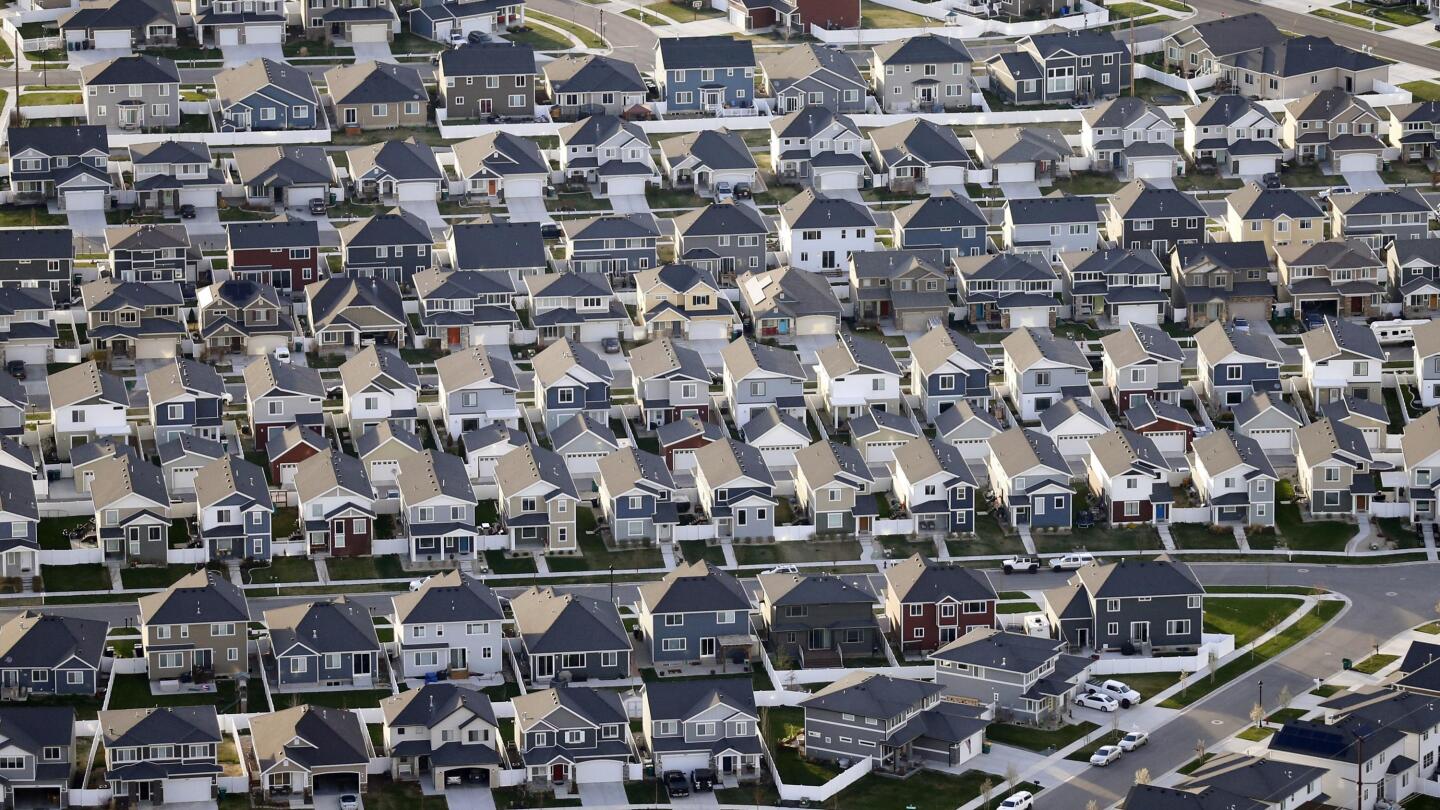BY MIKE SCHNEIDER
The U.S. became more diverse and more urban over the past decade, and the non-Hispanic white population dropped for the first time on record, the Census Bureau reported Thursday as it released a trove of demographic data that will be used to redraw the nation’s political maps.
The new figures offered the most detailed portrait yet of how the country has changed since 2010, and they are sure to set off an intense partisan battle over representation at a time of deep national division and fights over voting rights. The numbers could help determine control of the House in the 2022 elections and provide an electoral edge for years to come. The data will also shape how $1.5 trillion in annual federal spending is distributed.
Americans continued to migrate to the South and West at the expense of the Midwest and Northeast, the figures showed. The share of the white population fell from 63.7% in 2010 to 57.8% in 2020, the lowest on record, driven by falling birthrates among white women compared with Hispanic and Asian women. The number of non-Hispanic white people shrank from 196 million in 2010 to 191 million.
White people continue to be the most prevalent racial or ethnic group, though that changed in California, where Hispanics became the largest racial or ethnic group, growing from 37.6% to 39.4% over the decade, while the share of white people dropped from 40.1% to 34.7%. California, the nation’s most populous state, joined Hawaii, New Mexico and the District of Columbia as a place where non-Hispanic white people are no longer the dominant group.
“The U.S. population is much more multiracial and much more racially and ethnically diverse than what we have measured in the past,” said Nicholas Jones, a Census Bureau official.
People who identify as a race other than white, Black, Asian, American Indian, Native Hawaiian or Pacific Islander — either alone or in combination with one of those races — jumped to 49.9 million people, surpassing the Black population of 46.9 million people as the nation’s second-largest racial group, according to the Census Bureau.
Home | Caravan to Midnight (zutalk.com)






